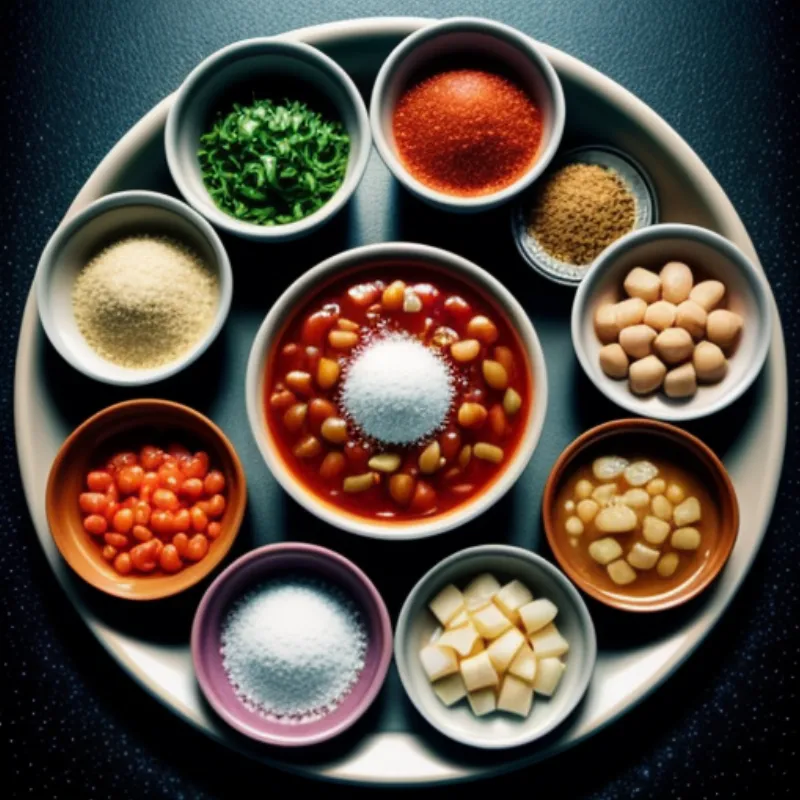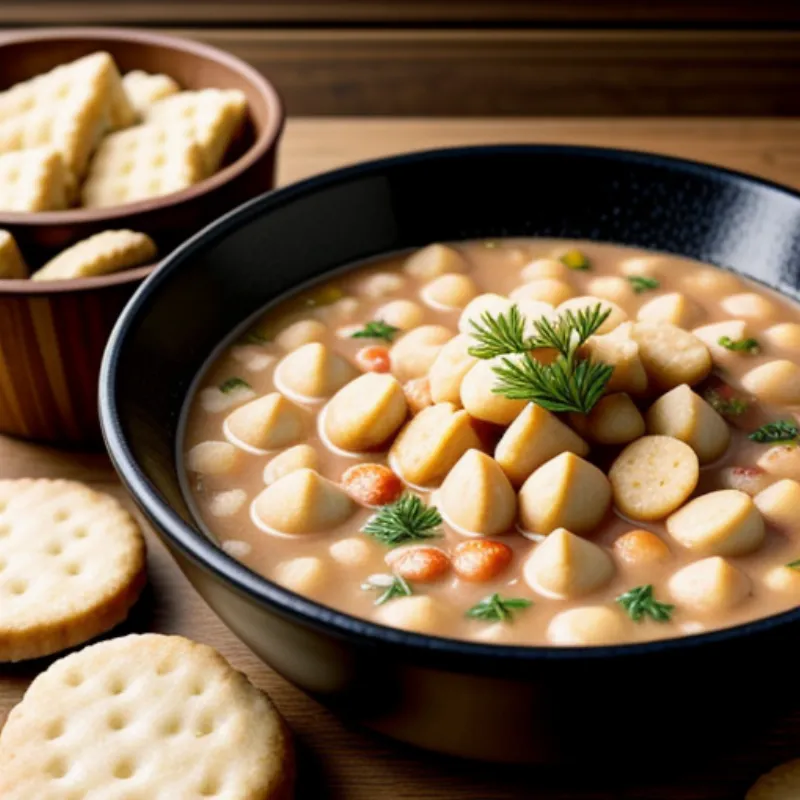Manhattan clam chowder. Even the name evokes images of bustling New York City and the salty air of the Atlantic. Unlike its creamy New England cousin, Manhattan clam chowder is a tomato-based soup, brimming with clams, potatoes, and vegetables. This iconic dish is surprisingly easy to make at home, allowing you to enjoy a taste of the East Coast anytime you crave it.
A Bowl of History and Flavor
Manhattan clam chowder has been a staple in New York City since the 19th century. There are various stories about its origins, but many believe it originated in Manhattan’s many seafood restaurants frequented by fishermen. The use of tomatoes instead of cream is a point of much debate, but one thing is for sure: the combination of fresh clams, hearty vegetables, and a savory tomato broth creates a truly unforgettable culinary experience.
“Many of my clients are surprised to learn that Manhattan clam chowder predates New England clam chowder,” says renowned food historian, Dr. Emily Carter. “It’s a fascinating example of how regional cuisines evolve and adapt over time.”
Ingredients:
To make a pot of this delicious chowder that serves 4-6 people, you will need:
- 2 tbsp olive oil
- 1/2 cup diced onion
- 1/2 cup diced celery
- 1/2 cup diced green bell pepper
- 2 cloves garlic, minced
- 1/2 tsp dried thyme
- 1/4 tsp black pepper
- 1/4 tsp red pepper flakes (optional, for a touch of heat)
- 1 (28 ounce) can crushed tomatoes
- 4 cups clam juice
- 2 cups water
- 2 large potatoes, peeled and diced
- 1 pound littleneck clams, scrubbed clean
- 1/4 cup chopped fresh parsley (for garnish)
- Oyster crackers (for serving)
Ingredient Substitutions:
- For a thicker chowder: Add 1/4 cup all-purpose flour with the onion, celery, and bell pepper.
- Don’t have fresh clams? 1 (10 ounce) can of chopped clams can be substituted. Add them in during the last few minutes of cooking.
- Vegetable Broth: Feel free to substitute vegetable broth for clam juice for a vegetarian version.
Equipment:
- Large pot or Dutch oven
- Cutting board
- Chef’s knife
- Wooden spoon or spatula
 Manhattan Clam Chowder Ingredients
Manhattan Clam Chowder Ingredients
Instructions:
- Sauté the vegetables: Heat the olive oil in your pot over medium heat. Add the onion, celery, and bell pepper. Cook for about 5-7 minutes, until the vegetables have softened.
- Add the aromatics: Stir in the minced garlic, thyme, black pepper, and red pepper flakes (if using). Cook for another minute, until fragrant.
- Build the base: Pour in the crushed tomatoes, clam juice, and water. Bring the mixture to a boil, then reduce the heat and simmer for 15 minutes.
- Add the potatoes: Stir in the diced potatoes. Cover the pot and simmer for 20-25 minutes, or until the potatoes are tender.
- Cook the clams: Add the clams to the pot. Cover and cook for about 5-7 minutes, or until the clam shells have opened. Discard any clams that do not open.
- Final touch: Stir in the chopped parsley. Taste and adjust seasoning as needed.
Tips and Tricks:
- Scrub your clams: Before cooking, scrub the clams under cold running water to remove any sand or grit.
- Don’t overcook the clams: Overcooked clams will be rubbery. As soon as the shells open, they’re done!
- Taste as you go: Seasoning is key to a great chowder. Be sure to taste and adjust the seasonings before serving.
Presentation:
Ladle the hot chowder into bowls. Garnish with additional chopped parsley and a sprinkle of black pepper. Serve with oyster crackers for a truly authentic experience.
 Serving Manhattan Clam Chowder
Serving Manhattan Clam Chowder
Conclusion:
There’s something undeniably comforting about a steaming bowl of Manhattan clam chowder. This recipe breaks down the process into simple steps, making it achievable for even novice cooks. Gather your ingredients, put on your apron, and get ready to enjoy a taste of the East Coast in your own kitchen. Don’t forget to share your experience in the comments below! We’d love to hear your thoughts on this classic dish.
